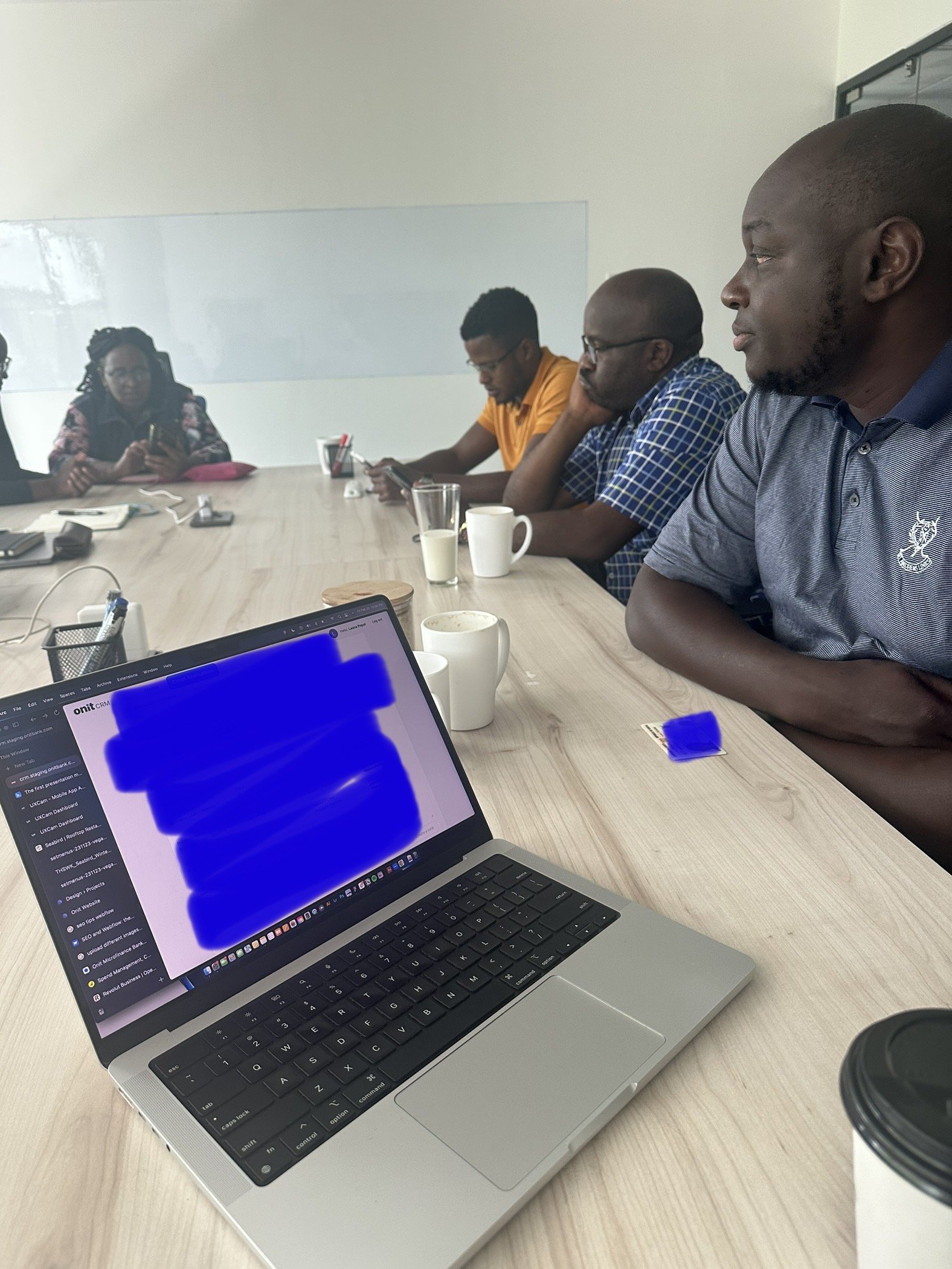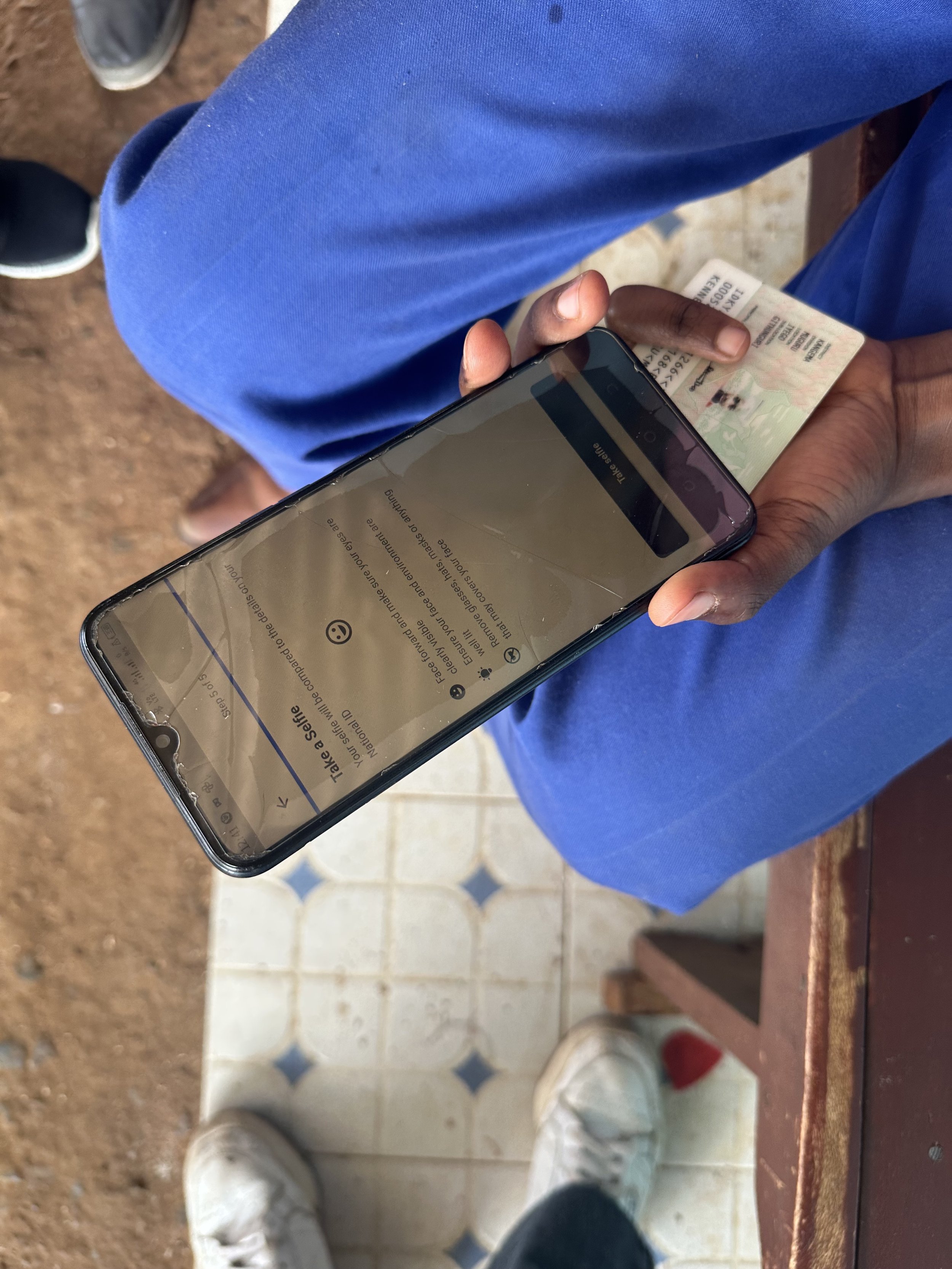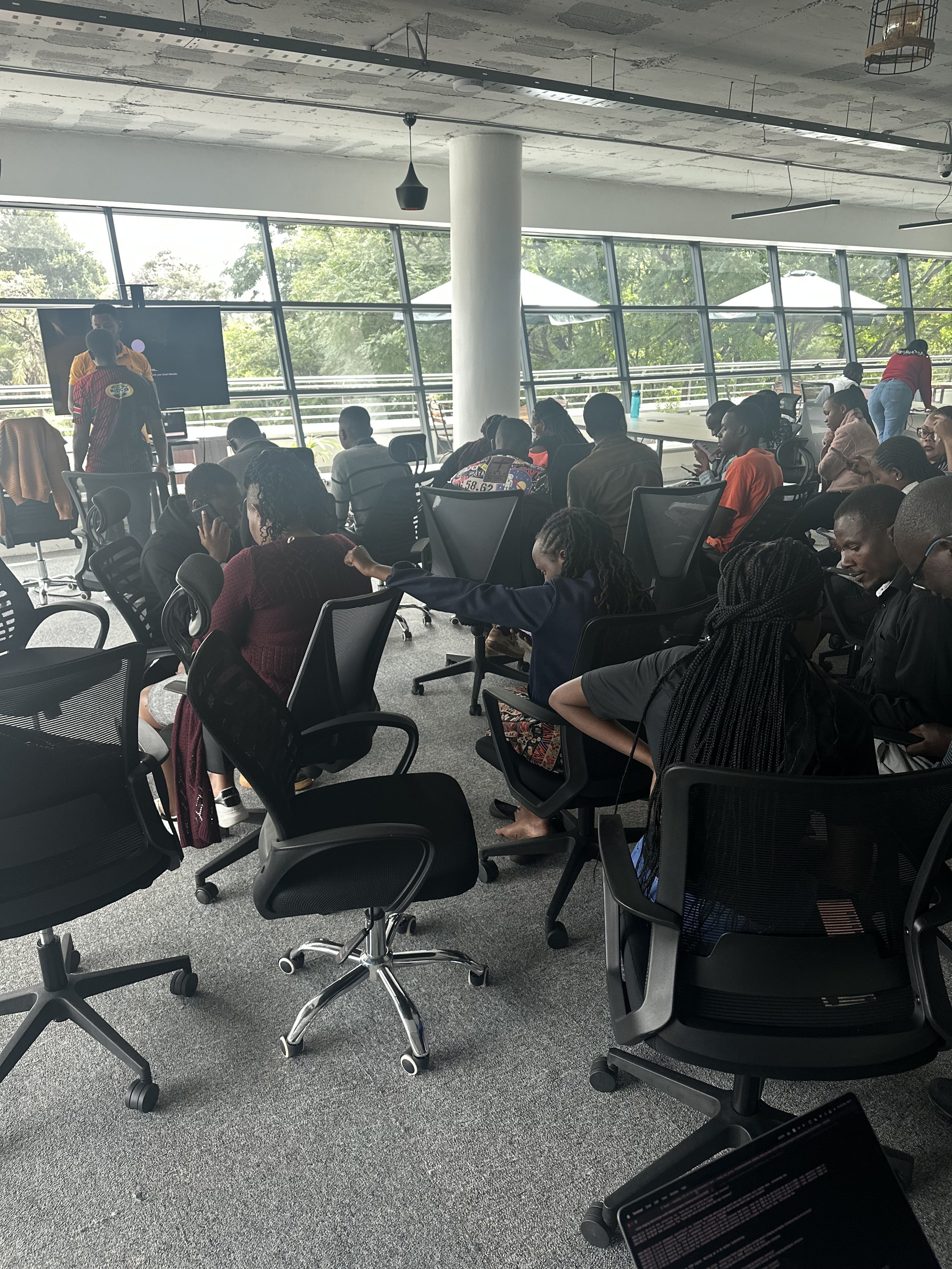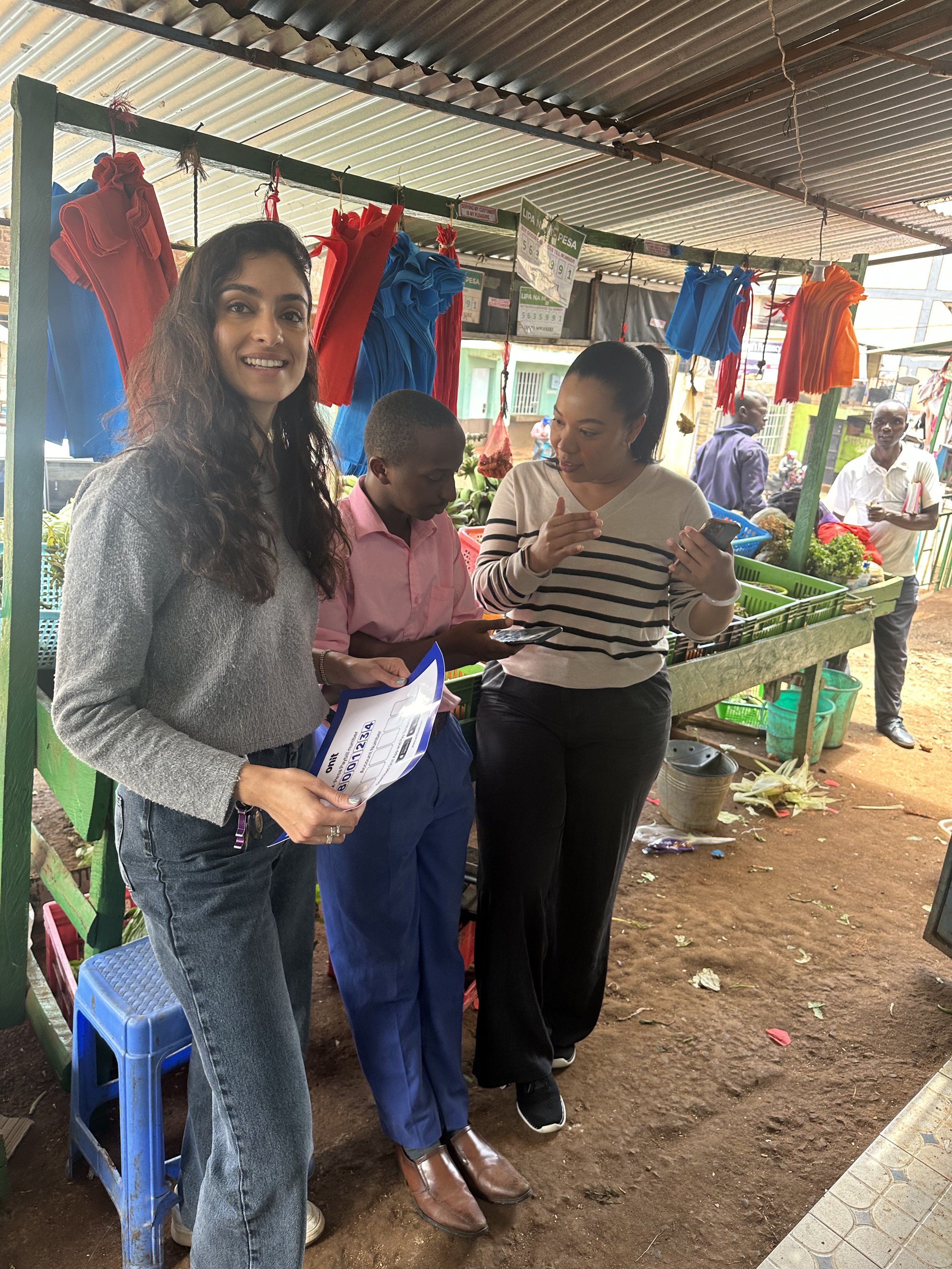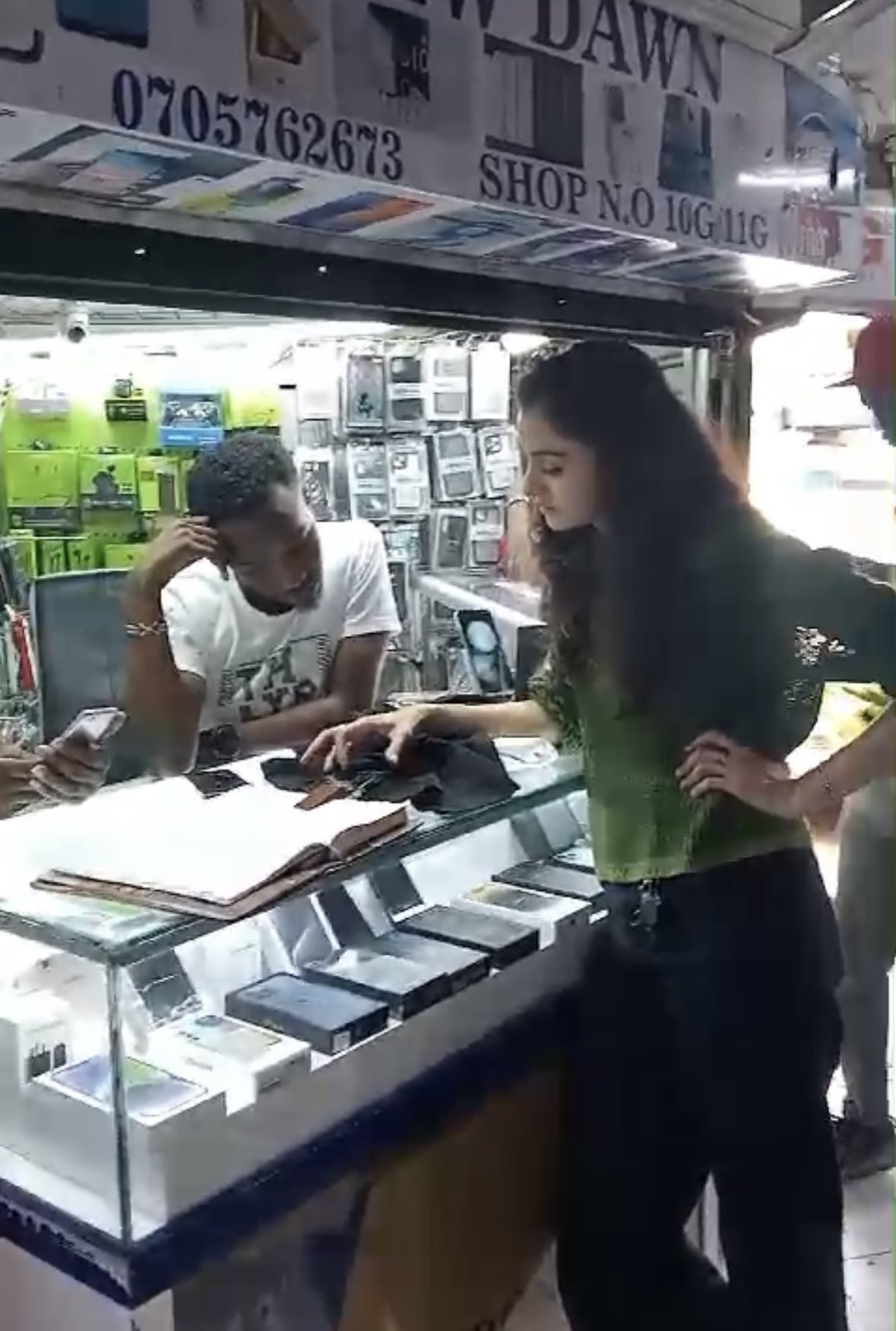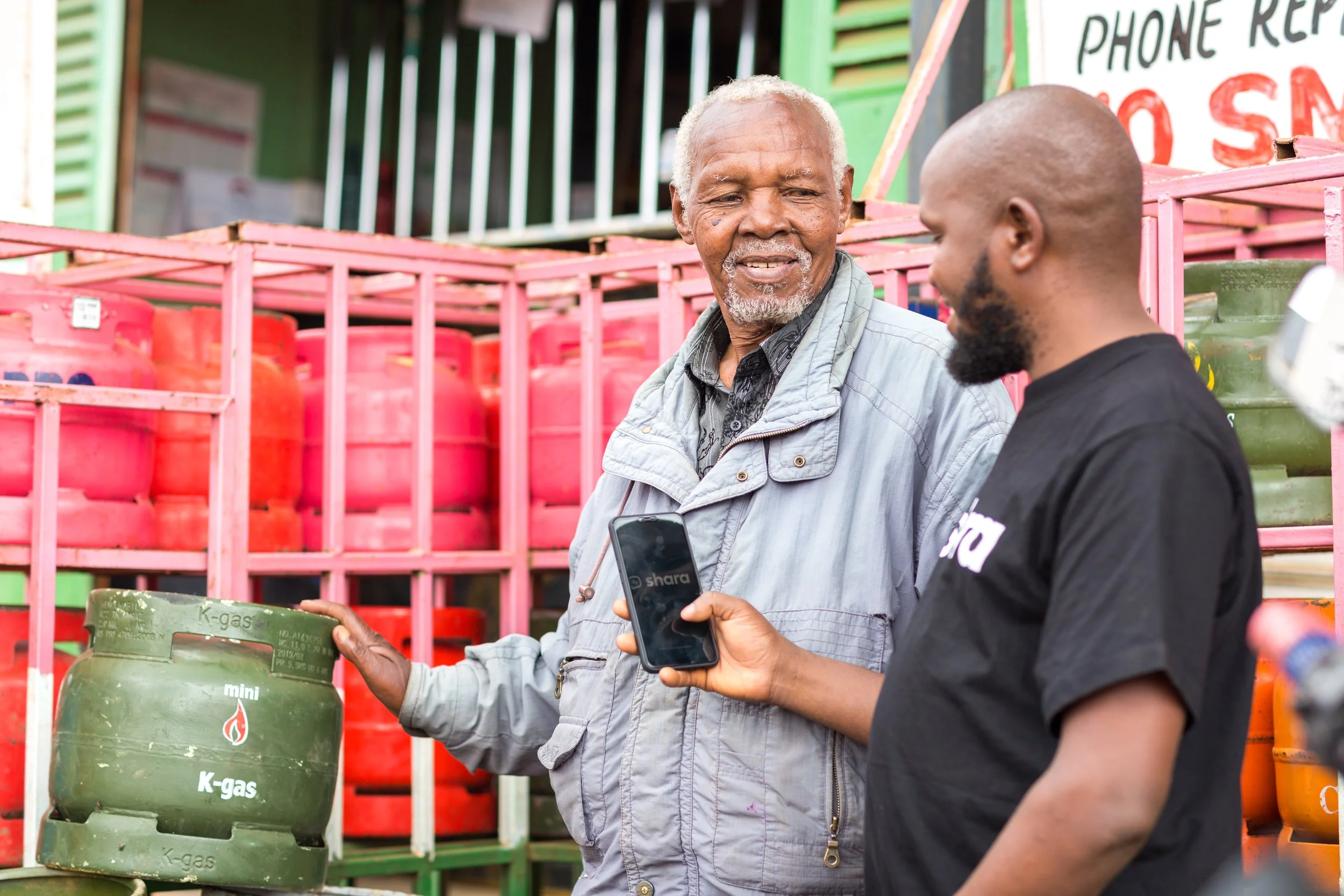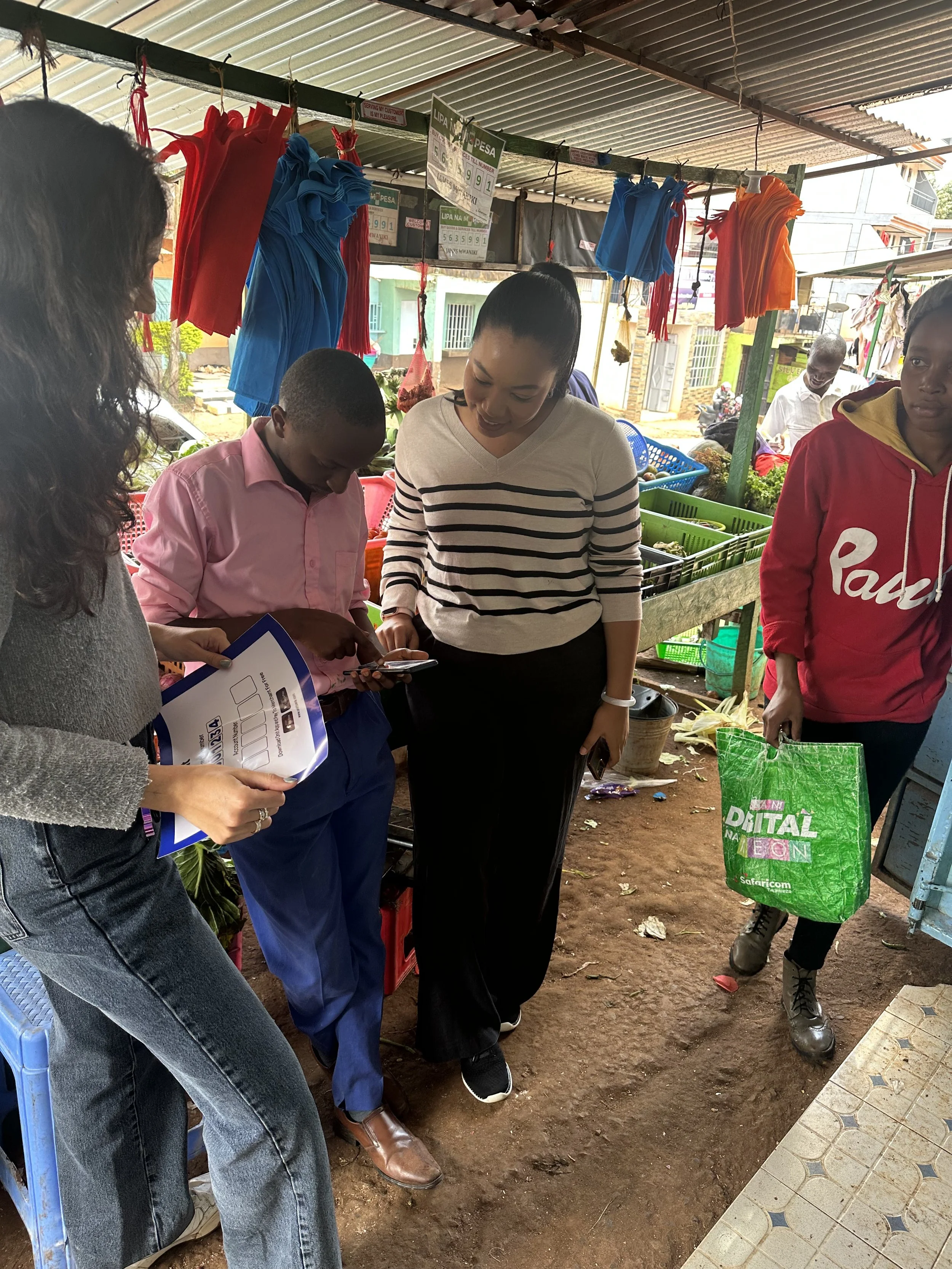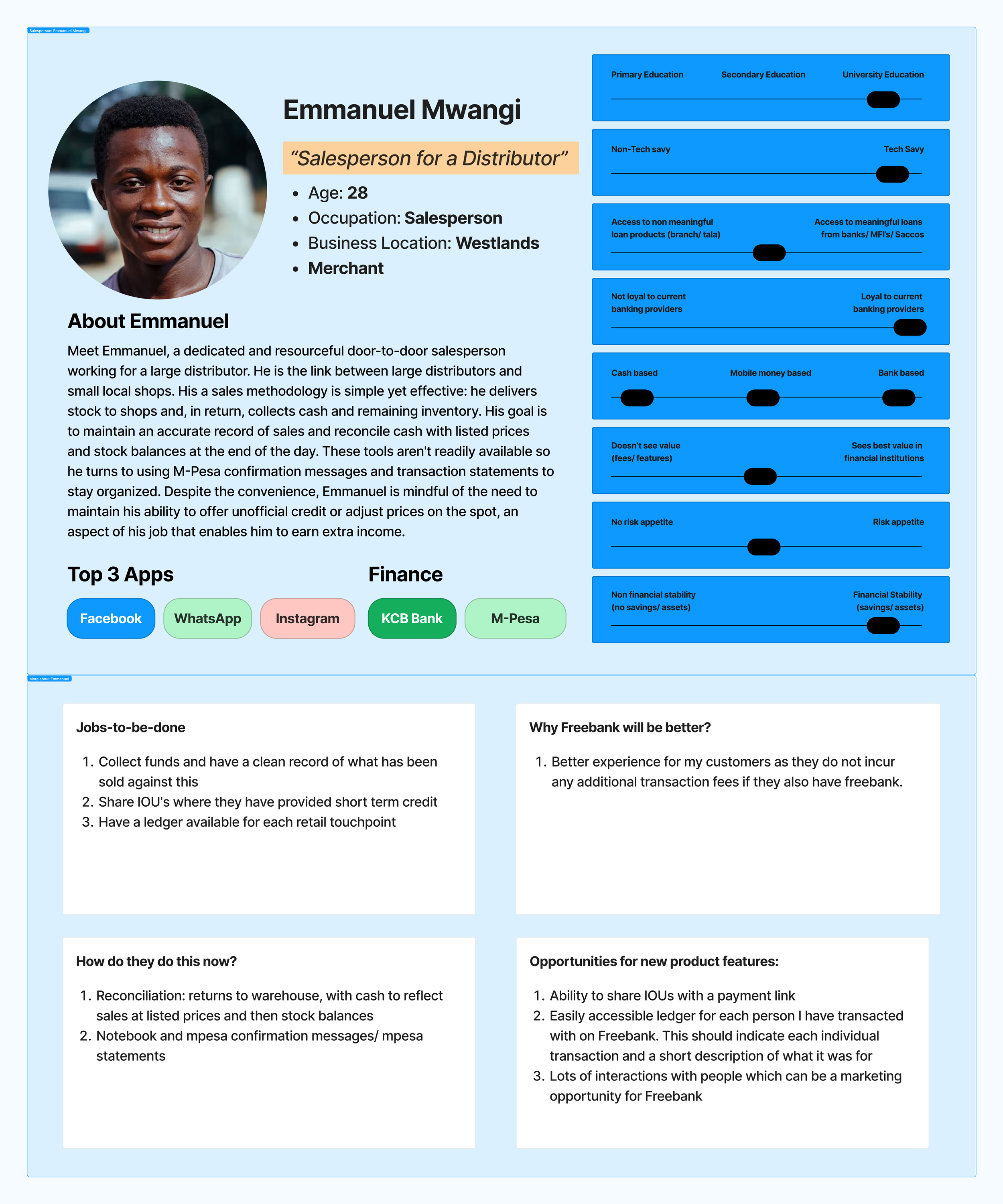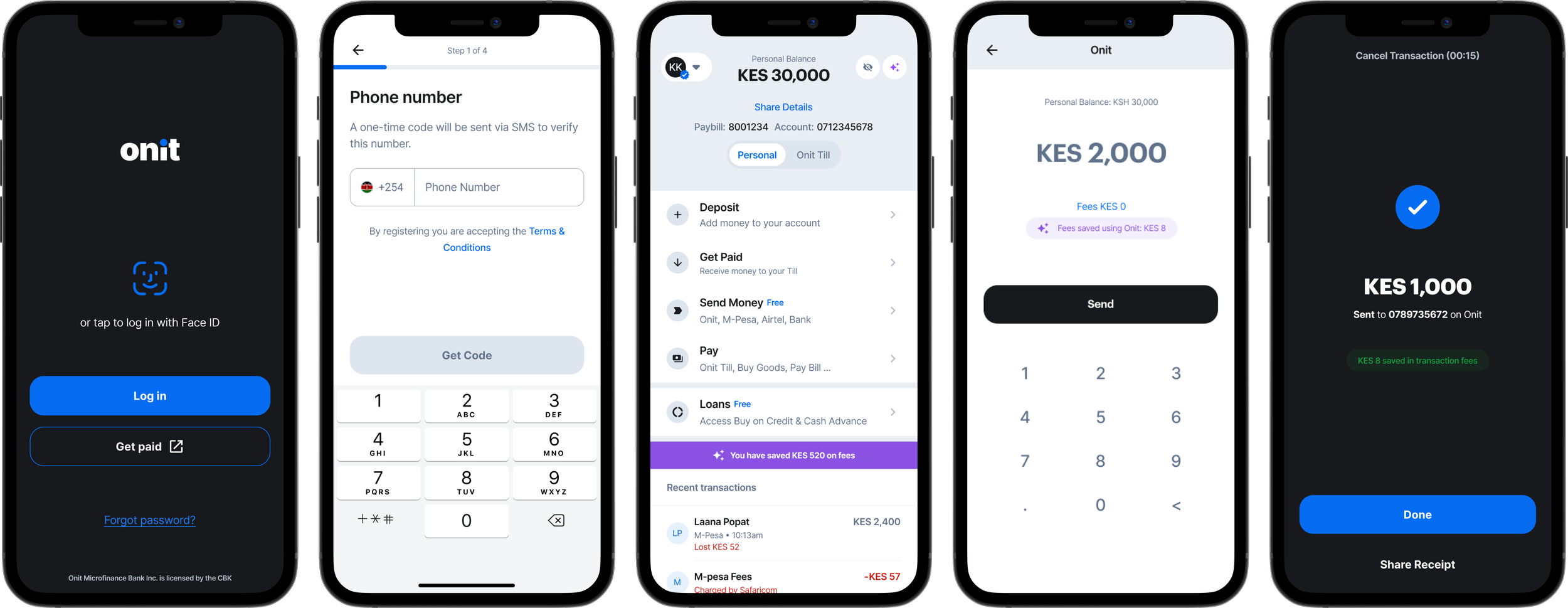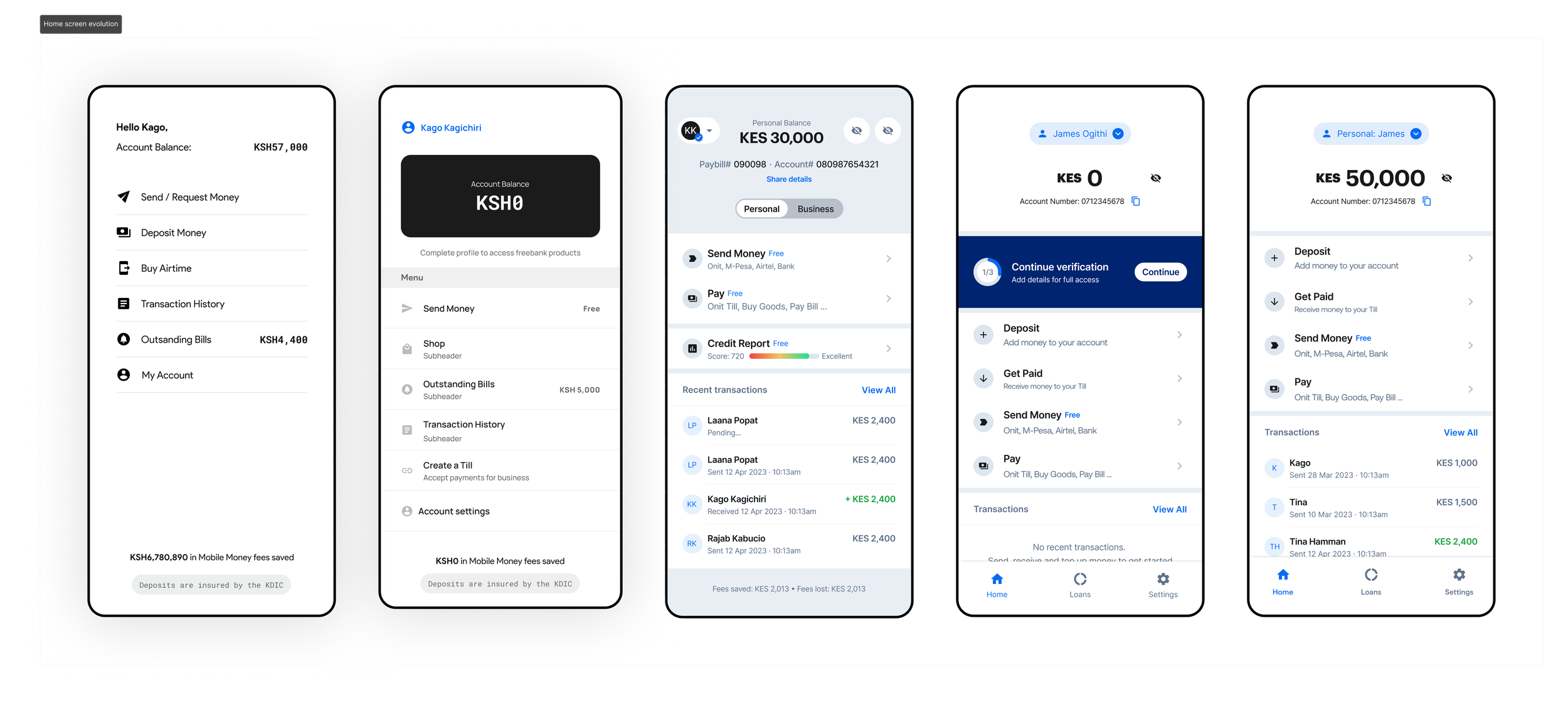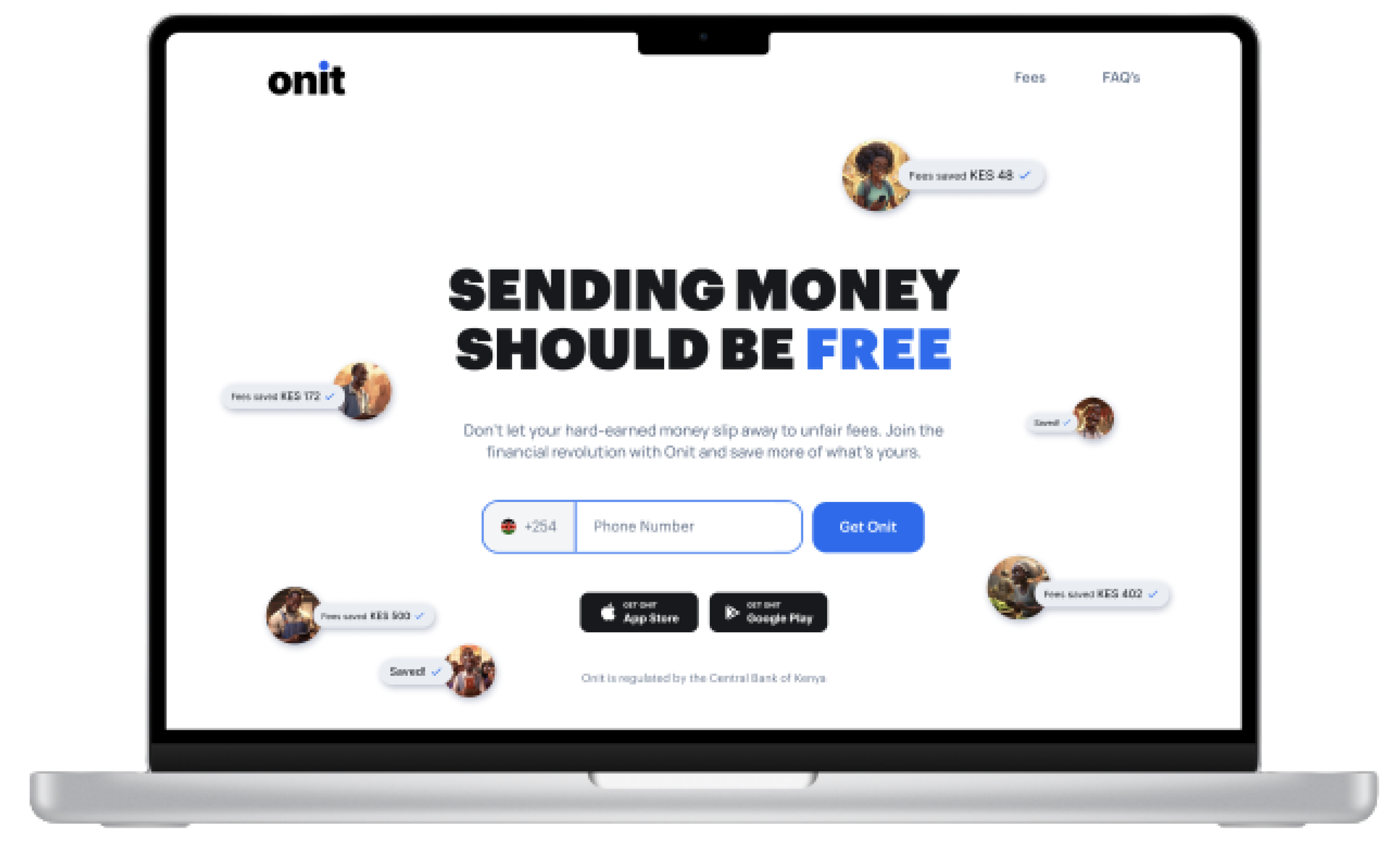Onit Microfinance Bank
Onit is transforming bankning in Africa by offering free, seamless transactions and financing options tailored to the needs M/SMEs in Kenya. Our mission is to empower individuals and businesses to grow and manage their finances, leveraging innovative technology to promote financial inclusion and economic development through this digital-first banking ecosystem.
Overview
Before Onit, there was Shara, a digital lending company that grew in popularity over the past four years. Today, we have evolved into Onit Bank, a digital bank regulated by the Central Bank of Kenya. Our mission is to provide Kenya’s unbanked population with transparent and reliable digital financial services that empower them to grow their personal and business finances.
My Role: Lead Designer, Growth.
I played a pivotal role in transitioning from Shara to Onit. My responsibilities ranged from shipping and establishing core banking flows for users to send & receive money, to adapting and fine-tuning existing credit repayment flows. Additionally, I was responsible for crafting the Onit brand, messaging, & design language while developing growth initiatives to drive retention metrics post-launch.
I have a deep understanding of the payment user experience of African merchants & consumers, in addition to their pain points and opportunities for growth.
The Problem
The banking industry in Africa is not designed to support SMEs or the average consumer. Traditional banks are focused on large corporations and wealthy individuals, leaving SMEs and average consumers to navigate cumbersome processes, high fees, and unfair credit terms. This has created a gap in the market where a significant portion of SMEs and consumers are underserved or excluded from the banking ecosystem.
M-Pesa dominates the financial and mobile landscape. While it has revolutionized digital payments in Kenya and East Africa, it remains expensive and inefficient. Sending money is costly, and users are limited to the M-Pesa app or the primitive USSD menu, which many rely on due to data and connectivity issues.
Banks have do not address core user problems as the are focused instead on transaction fee revenue without considering users' financial needs and goals.
Onit aims to create a reliable, transparent, and fast digital banking experience for Kenya's unbanked population, addressing this major gap in the market.
#SendOnit
#GetOnit
#SaveOnit
#SendOnit #GetOnit #SaveOnit
Research
We conducted extensive research with over 10,000 SME's in Kenya to further understand this problem. We found that SMEs are struggling fragmented financial services, facing long wait times, high collateral requirements for credit, and exorbitant fees associated to account management and everyday transactions. We also found that most SMEs avoid banking their revenue and use their existing accounts at local Kenyan banks, primarily for transaction activity as a result of the numerous barriers and inefficiency present in traditional banking services.
User research and interviews are integral to our process. I conducted interviews and surveys to gather insights directly from our target audience help validate our assumptions. I interviewed:
Corner shop owners using Safaricom tills as their primary means of accepting payments.
Church groups collecting tithe contributions.
Cash office managers sending salaries to casual laborers.
Expats needing to fund local bank or M-Pesa accounts from foreign-held accounts.
With this information, we began to map out the ecosystem in which we could begin to optimize user journeys for a seamless experience.
Persona Development
A crucial part of our research was developing archetypes and personas. I facilitated a persona deep dive with the Product managers, design team and members from the operations and engineering teams. By including different members of the team who have insights into the customer journey at various touch points, we were able to holistically analyze the opportunities for growth and better empathize with our users, understanding their needs, frustrations, and motivations.
We utilized the Jobs to Be Done (JTBD) framework to structure our findings. This is one of my favorite frameworks to help identify existing, every day jobs users are trying to accomplish, the problems they face, and how they measure success. For example, a corner shop owner’s job was to manage daily transactions efficiently, while a cash office manager’s job was to ensure timely salary disbursements.
By focusing on these jobs, we designed solutions that directly addressed the core needs of our users.
The Onit Ecosytem
We studied the broader financial ecosystem in Africa, focusing on how SMEs interact with consumers, suppliers, and financial institutions. Our findings indicated that SMEs often rely on cash transactions and informal lending networks due to the inefficiencies and high costs associated with traditional banking. We also examined how digital payment solutions and mobile money systems are being adopted and used across the region.
I created this Onit Persona diagram to explain the ecosystem’s interconnectedness to the team.
*Image created using Midjourney and FigJam
Design & documentation
With our research insights in hand, we began designing Onit to address the identified challenges. Key design decisions included:
Digital KYC Process: Enabling users to open an account in under two minutes using a digital Know Your Customer (KYC) process.
Zero Transaction Fees: Allowing SMEs to collect revenues from bank transfers and mobile money providers without incurring transaction fees.
Simple Interface: Creating an intuitive, user-friendly interface for both SMEs and consumers to manage their finances effortlessly.
The design process began with competitor research to understand the merchant’s current realities and service offerings. We went through the onboarding and KYC journeys of multiple African and non-African financial apps. Chipper Cash, NCBA, NALA, and Abeg to name a few. This helped us understand the number of steps and common design patterns merchants were used to.
We tested our user journeys and developed interactive prototypes, which we tested in the field to gather feedback. These iterations helped us refine our designs based on real user input. We studied countless user flows on UXcam and held in-person design workshops with users to capture their feedback early on in the design process.
Developing a design system at this point was key to establishing a consistent design language and reusable components that would enable us to design for speed as we included new features and expanded our product offering. Documenting these design standards was crucial to maintaining coherence across the platform and allowing designers in the team to understand the decisions made along the development process.
Testing & iteration
We conducted extensive testing to ensure our solutions met the needs of our target users. This included usability testing with SMEs and consumers, as well as technical testing to ensure the reliability and security of our platform. Based on feedback from these tests, we iterated on our designs to improve functionality and user experience.
Key milestones in our testing and iteration process included:
Prototype Testing: Initial prototypes were tested with a small group of SMEs to gather feedback on usability and functionality.
Beta Launch: A beta version of Onit was launched to a larger audience, allowing us to test the platform in a real-world environment and make necessary adjustments.
Feedback Loop: Continuous feedback from users was collected and analyzed, informing ongoing improvements to the platform.
Cross-functional collaboration: Working closely with product managers and developers to on design goals ahead of product development. This collaborative environment fosters innovation and differentiation, allowing the team to engage in continued research when developing innovative solutions that drive real value for businesses and consumers.
Summary
By focusing on the specific needs of SMEs and consumers, Onit aims to create a banking ecosystem that is accessible, efficient, and tailored to the unique challenges of the African market. Our design process, grounded in thorough research and user feedback, ensures that Onit provides real value to its users, setting a new standard for banking in the region.
www.onitbank.com
